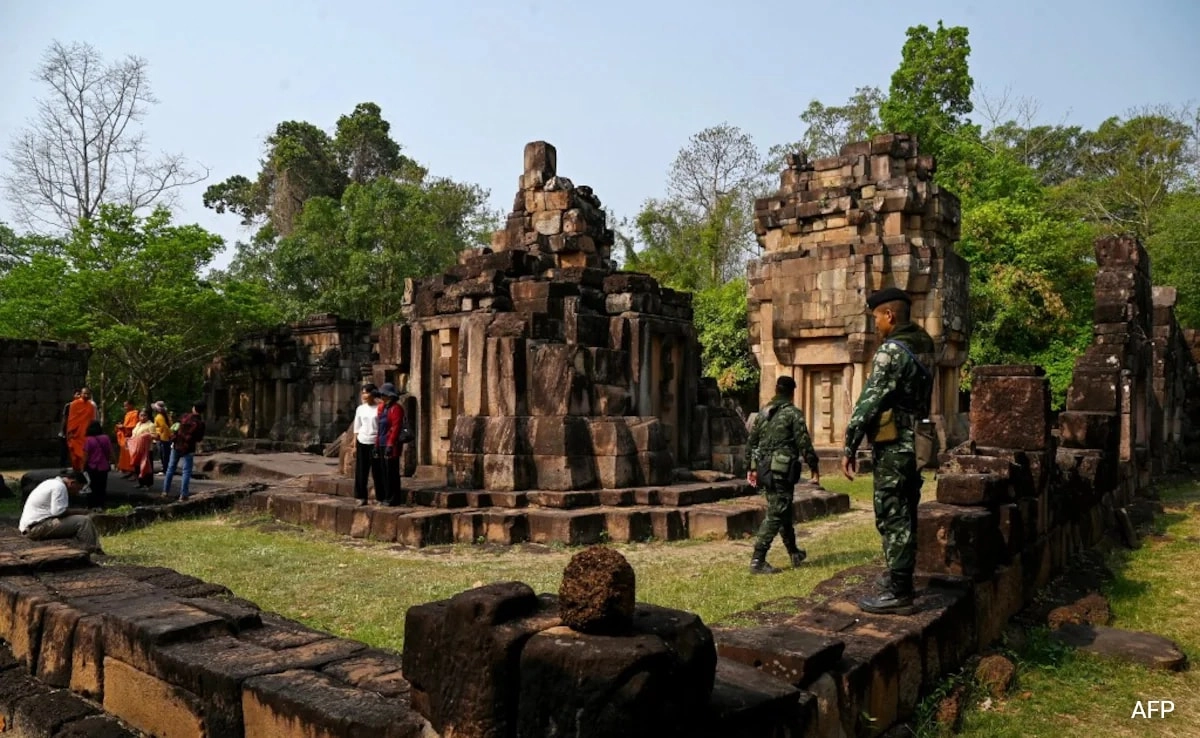The conflict between Thailand and Cambodia over a cluster of Hindu temples, particularly the Preah Vihear Temple, has deep historical roots and has become emblematic of national identity and territorial sovereignty for both nations. This dispute is not merely about the physical ownership of these ancient structures; it represents a broader struggle for cultural heritage and historical legitimacy. The temples, which date back to the Khmer Empire and are dedicated to the Hindu god Shiva, are significant landmarks that embody the shared history and religious practices of the two countries. Their strategic location atop a 1,722-meter cliff adds to their historical and symbolic importance, making them a coveted prize for both nations.
The tensions escalated in the late 20th century when both countries sought to assert their claims over the temples, which had been a point of contention for decades. In 1962, the International Court of Justice ruled that Preah Vihear belonged to Cambodia, a decision that Thailand contested fiercely, arguing historical and cultural claims to the site. This ruling intensified nationalist sentiments in Thailand, leading to protests and military confrontations at the border. The temples, therefore, have become a flashpoint for nationalist fervor, with both sides using the heritage of these sites to bolster their respective national identities.
In recent years, the situation has been further complicated by the rise of political movements in both countries that leverage the temple dispute to rally support. Nationalist groups in Thailand have often invoked the temples in their campaigns, viewing them as symbols of national pride and sovereignty. Meanwhile, Cambodia has sought to promote its cultural heritage on the global stage, highlighting the temples as a significant part of its ancient civilization. This has not only heightened tensions but has also drawn international attention, with UNESCO designating Preah Vihear as a World Heritage Site in 2008, an action that Thailand vehemently opposed.
The ongoing conflict over the cluster of Hindu temples serves as a poignant reminder of how historical grievances can shape contemporary politics and national identity. While both nations share a common cultural heritage, the temples have become a battleground for political ambitions and national pride. As diplomatic efforts continue to find a resolution, the situation remains delicate, reflecting the complexities of historical memory, identity, and territorial claims in Southeast Asia. The temple dispute underscores the need for dialogue and cooperation, as both nations navigate the challenging waters of their shared past while striving for a peaceful future.




